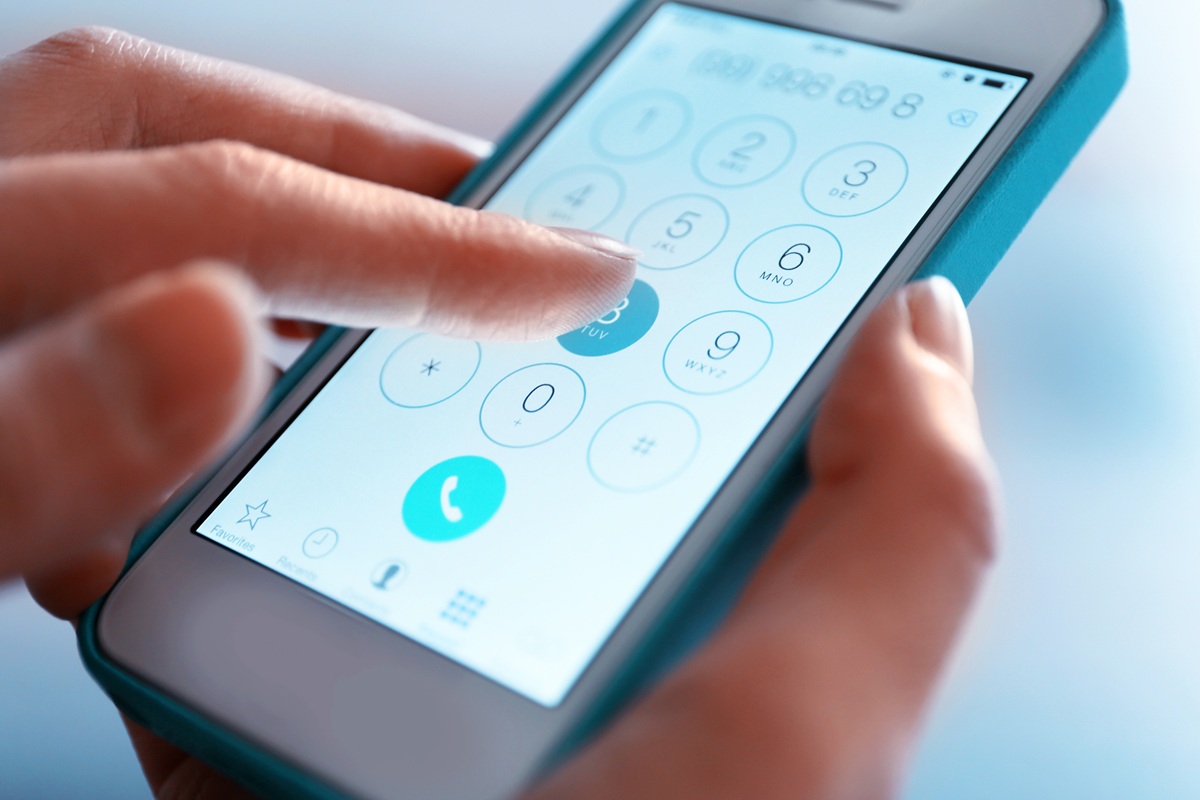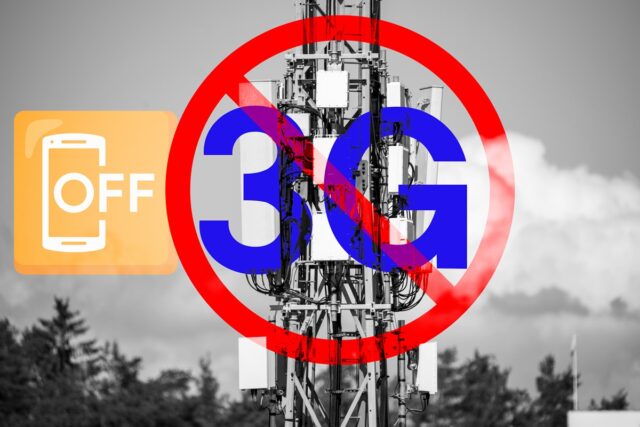October 02, 2025
Your Customers’ Mobile Number Is Their Most Important ID, Handle It Carefully

Historical patterns tend to repeat themselves. Take your Social Security or National Insurance number.
Originally issued to track a worker’s earnings, In the US, its widespread use by government agencies eventually transformed it into an unofficial national ID. Then credit agencies adopted it, linking it to a person’s entire financial life. Soon, healthcare agencies followed suit.
And we ended up with a potential nightmare: one number that could easily be misused to gain access to—and spoof—a person’s identity.
The Social Security number now has “competition.” And it springs from a non-governmental source. Your cell or mobile phone.
Mobile numbers began life as an extension of their land-line predecessors. Digits to connect us to anyone we wanted to talk to. But our cell phones’ versatility and the advent of new technologies like texting quickly extended how we used our mobile numbers.
For generations that grew up with cell phones, the mobile number has become their passport to digital life. The device pulls together biometrics, two-factor authentication, and other emerging verification technologies to make the phone a hub of financial transactions, healthcare data, and other types of sensitive, personal information.
In a very real sense, mobile numbers are extending ID validation in a way social security numbers by themselves were unable to: a digital, portable, persistent, convenient, and potentially secure hook to hang your digital identity on.
For any of us creating or caring for customer experiences on their mobile devices, this evolving reality has serious implications, the most important of which is earning—and keeping—our customers’ trust.
Trust in Mobile Customer Journeys
Our phones have us hooked on instant, at-our-fingertips communication. This influences our expectations as consumers, whether we’re shopping on our phones or financing a purchase. While trust is important in all customer interactions, financial interactions demand rock-solid trust. With the added complication of complying with complex regulatory requirements.
Consumers agree. In a recent survey conducted with Datos Insights, nearly all respondents believed that having confidence in the security of sharing personal information with a financial institution was important. Eighty-five percent were worried about potential fraud via texts from numbers they didn’t recognize.
But that doesn’t mean they’re leery of using their phones to handle something as sensitive as getting a loan. In fact, being able to complete the entire loan process via a mobile device was ranked most important by Gen Z (91%) and Millennial (89%) respondents.
This underscores why every customer experience should be intentionally created to treat mobile numbers and interactions thoughtfully, just as we would a person’s social security number. These interactions are opportunities to earn and maintain trust.
Direct, consistent, and transparent communications help. I know I instinctively ignore or block texts from unknown sources. I also tap the delete button when a company spams me with too many indiscriminate inquiries, reminders, or offers.
Each outreach to a customer should clearly identify who the sender is. It should be short and to the point, especially when texting, where the entire idea is brevity and immediacy—and respect privacy settings. And keep an eye on alerts. We appreciate reminders, but despise nagging.
Because a mobile number links an individual to a trusted device and potentially provides information about that person via a low-overhead communication channel (texting), mobile customer experiences offer us the chance to personalize as never before.
How to Personalise Experiences While Protecting This New Digital Identifier
A mobile number holds the keys to someone’s accounts, financial activity, and digital life. So, it needs to be handled carefully. Here are five steps that will help you consistently do that.
- Get consent first: Always have your customers opt in or out of text notifications. Don’t use numbers for marketing unless they give you clear permission.
- Monitor changes: Check regularly for signs of fraud, SIM swaps, or recycled numbers. Keep your systems up to date so messages reach the right person—not a new owner of an old number.
- Choose relevance over frequency: Send messages that matter. Let customers pick what alerts they want. Value precision over bulk blasts. Blasts are the antithesis of personalization.
- Make security standards clear: Use secure, trusted channels for any communication that contains personal, account, or transaction information. Make sure customers know you are communicating securely.
- Be transparent: Tell customers how you will use their mobile number and allow them to manage their preferences easily.
We Already Have a Digital ID
Ironically, while the UK government pushes a new digital ID for citizens to work, most of us already have one.
It will be interesting to see if the humble mobile phone number eventually eclipses the digitally-limited social security number as THE digital ID for all aspects of our lives. It’s already achieved a central status for most of our financial and online lives.
Government and other official uses may follow suit as the advantages of a multi-pronged approach to ID verification—device ownership, biometrics, history, one-time passcodes, and multifactor authentication—continue to favor the unbeatable combination of mobile number and device.
Rich Communication Services (RCS) will soon add another compelling element to the mix as branded, verifiable texts instill greater confidence and trust in mobile text interaction.
I’m betting on the mobile number. Which is why all of us using it to build customer relationships need to handle it with great care.
Dave Baxter is CEO of Solutions by Text, a trusted leader in compliant messaging and integrated text payments for more than 600 consumer financial services companies.




